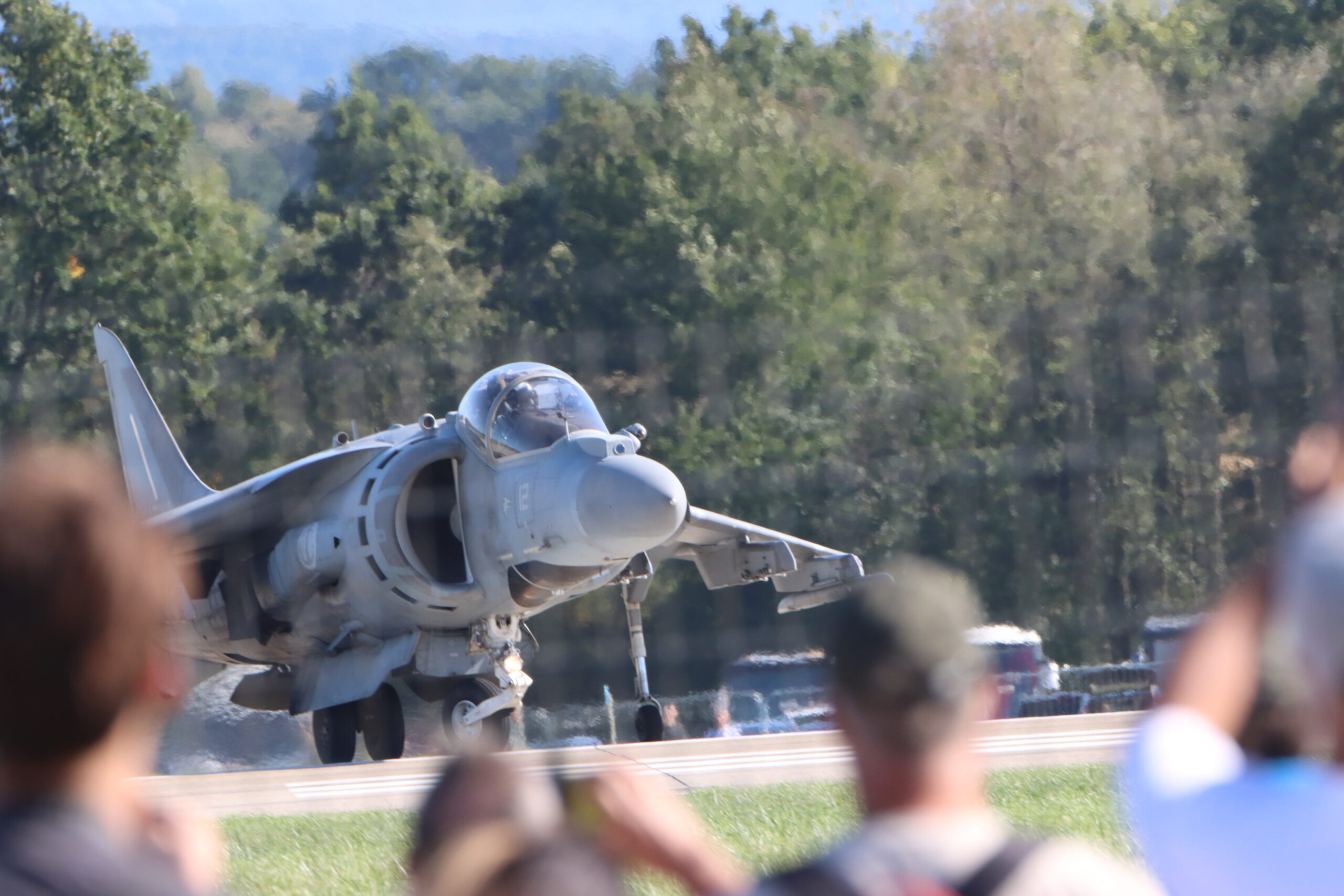Ostrawa 2025-10-02
McDonnell Douglas AV-8 B Harrier II.
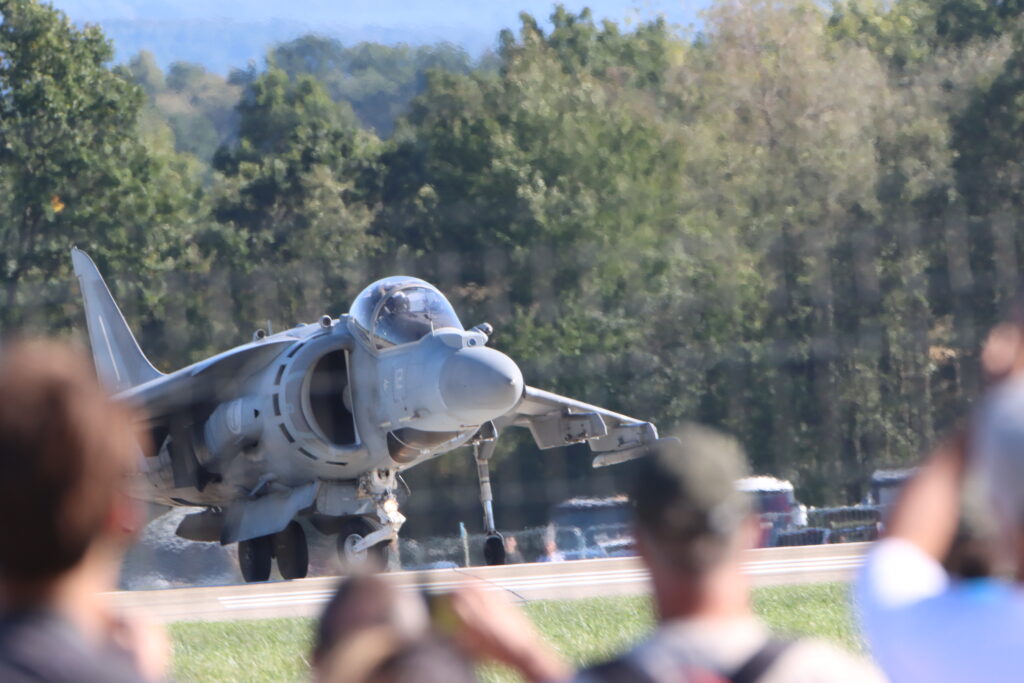
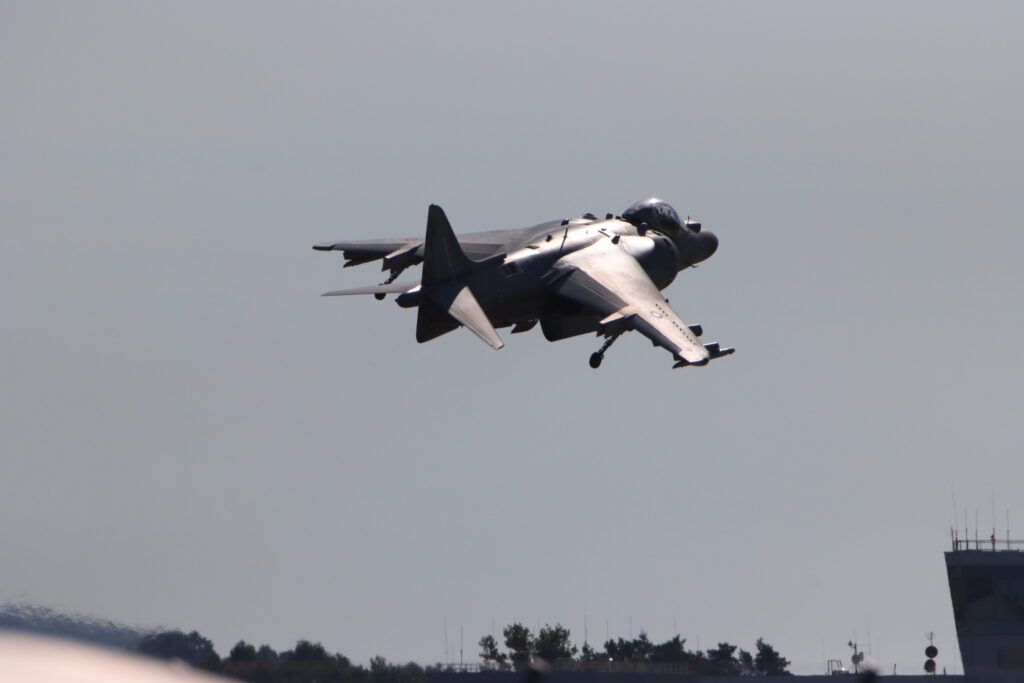
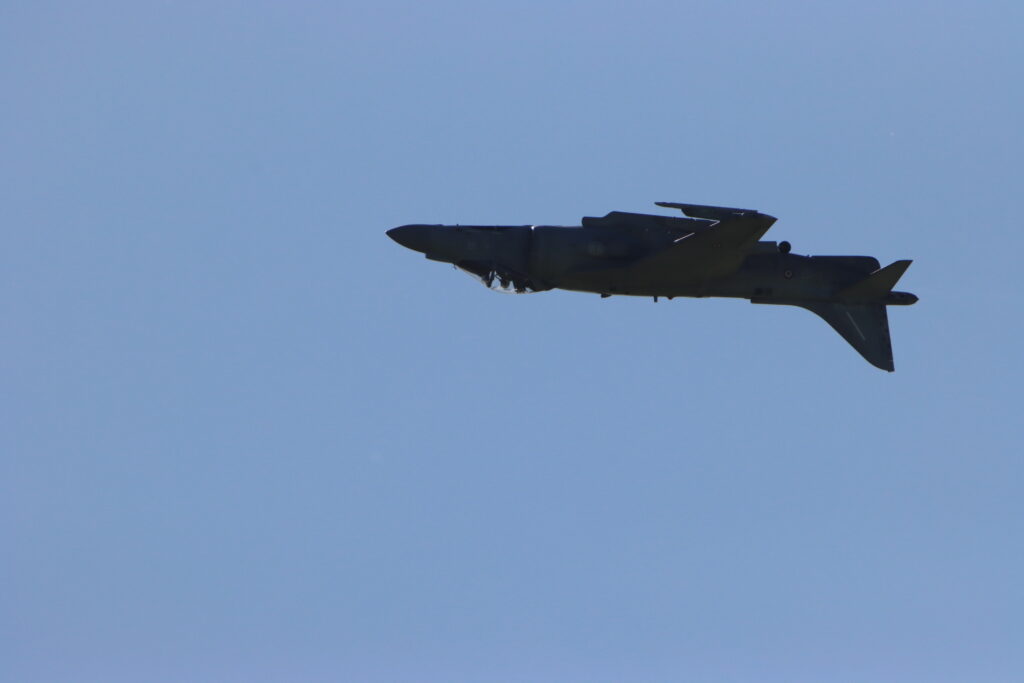
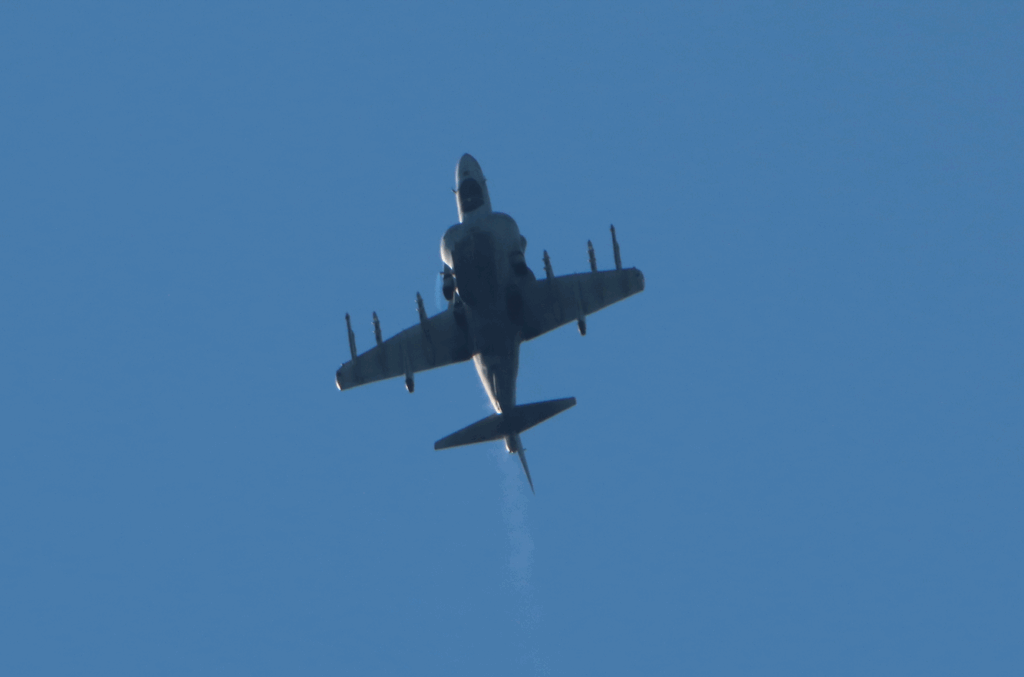
The AV-8B Harrier II vertical takeoff and landing combat aircraft is a joint American-British aircraft, directly derived from the British Harrier, one of the most unique combat aircraft. The aircraft was developed by a United Kingdom/United States partnership involving McDonnell Douglas, British Aerospace, Boeing, and BAE Systems. The YAV-8B aircraft made its first flight on November 9, 1978. The first production AV-8B aircraft flew on November 5, 1981. Production lasted from 1981 to 2003, with 337 built. The aircraft officially entered service in January 1985. The aircraft entered service with the following navies: US Navy, Italian Navy, and Spanish Navy.
The McDonnell Douglas, now Boeing AV-8B Harrier II, is a single-engine attack aircraft, the second generation of the Harrier family, capable of vertical or short takeoff and landing (V/STOL). The aircraft is primarily used for light attack or multi-role missions, close air support for ground forces, and reconnaissance missions. AV-8Bs are operated by the United States Marine Corps (USMC), the Spanish Navy, and the Italian Navy. The AV-8B, the British Aerospace Harrier II, was developed for the British Armed Forces, while the TAV-8B is a two-seat trainer.
Work on the aircraft began in the mid-1970s. It was actually a project initiated in the UK. Due to budget constraints, the UK abandoned the project in 1975. In the US, efforts focused on a larger, more powerful Pegasus engine to significantly improve the Harrier’s capabilities. McDonnell Douglas thoroughly redesigned the AV-8A Harrier to create the AV-8B. The cabin was enlarged and larger composite wings were developed. The prototype first flew in November 1981 and entered service with the USMC in January 1985. Subsequent development phases included improving night-time attack capabilities and improving radar performance. An enlarged version, designated Harrier III, was considered, but the program was shelved.
Unexpectedly, in 1981, following the Falklands War, British Aerospace rejoined the program. In the 1990s, Boeing and BAE Systems participated in the program, following various mergers. The program ended in 2003, after 337 units had been built. The aircraft entered service on small aircraft carriers, large amphibious assault ships, and even small coastal bases. The aircraft participated in the First and Second Iraq Wars, Afghanistan, and the Persian Gulf War. During its service, the AV-8B aircraft were characterized by a high accident rate, a result of the significant time spent in the critical phases of flight: takeoff and landing. Currently, the AV-8B aircraft are being replaced by the Lockheed Martin F-35B Lightning II. The AV-8B aircraft will be retired from U.S. service by 2027.
T-T AV-8 B data: Crew 1 pilot. Length 46 ft 4 in (14.12 m). Wingspan 30 ft 4 in (9.25 m). Wing area 243.4 sq ft (22.61 m2). Empty weight 13,968 lb (6,340 kg). Maximum takeoff weight with roll 22,950 lb (10,410 kg). Maximum vertical takeoff weight 20,755 lb (9,415 kg). Engine Rolls-Royce Pegasus F402-RR-408 (Mk 107), 23,500 lbf (105 kN) thrust. Maximum speed 585 kn (673 mph, 1,083 km/h), Mach 0.9. Maximum range 1,200 nmi (1,400 mi, 2,200 km). Combat range, operational radius 300 nmi (350 mi, 556 km). Ferry range 1,800 nmi (2,100 mi, 3,300 km). Rate of climb 14,700 ft/min (75 m/s).
Armament: 1 x General Dynamics GAU-12 Equalizer 25 mm (0.984 in) 5-barrel rotatable cannon mounted under the fuselage in a portside pod, with 300 rounds in the starboard pod. Suspension points: 6 x underwing pylons and 1 x underfuselage node with a payload capacity of up to 4,200 kg (9,200 lb). Missiles: LAU-10 Zuni pods for four missiles. LAU-68 (for seven missiles) or LAU-61 (for nine missiles) pods for 70 mm Hydra 70/APKWS missiles. 4 x AIM-9 Sidewinder or similarly sized infrared guided missiles. 4 x AIM-120 AMRAAM (on AV-8B Plus equipped with radar). Air-to-ground missiles: 4 × AGM-65 E/F Maverick. 4 × AGM-122 Sidearm (SEAD missile used by the USMC). Bombs: CBU-100/Mk 20 Rockeye II cluster bombs (CBU). Mark 81, 82 or 83 unguided bombs. GBU-12 or GBU-16 laser-guided bombs. GBU-38, GBU-32 or GBU-54 combined direct attack munitions. Mark 77 incendiary bomb. Other: 4 × 300/330/370 US gal drop tanks. Intrepid Tiger II electronic jammer. Mk106 (3 kg) and Mk76 (14 kg) practice bombs.
Written by Karol Placha Hetman

